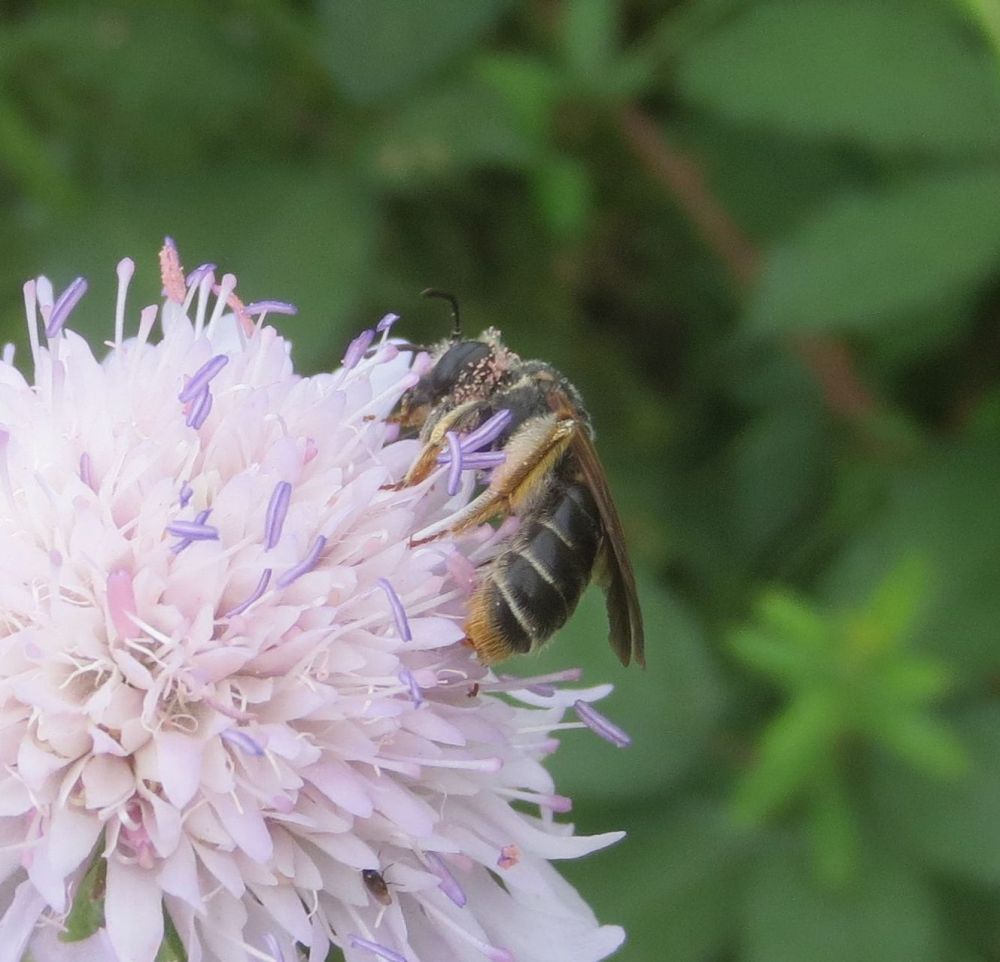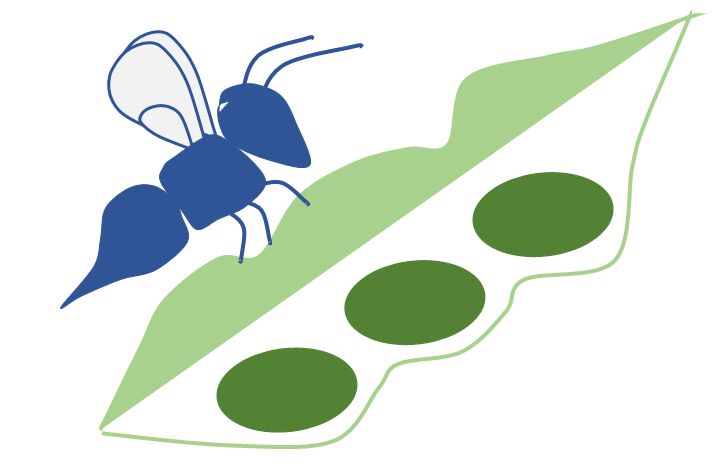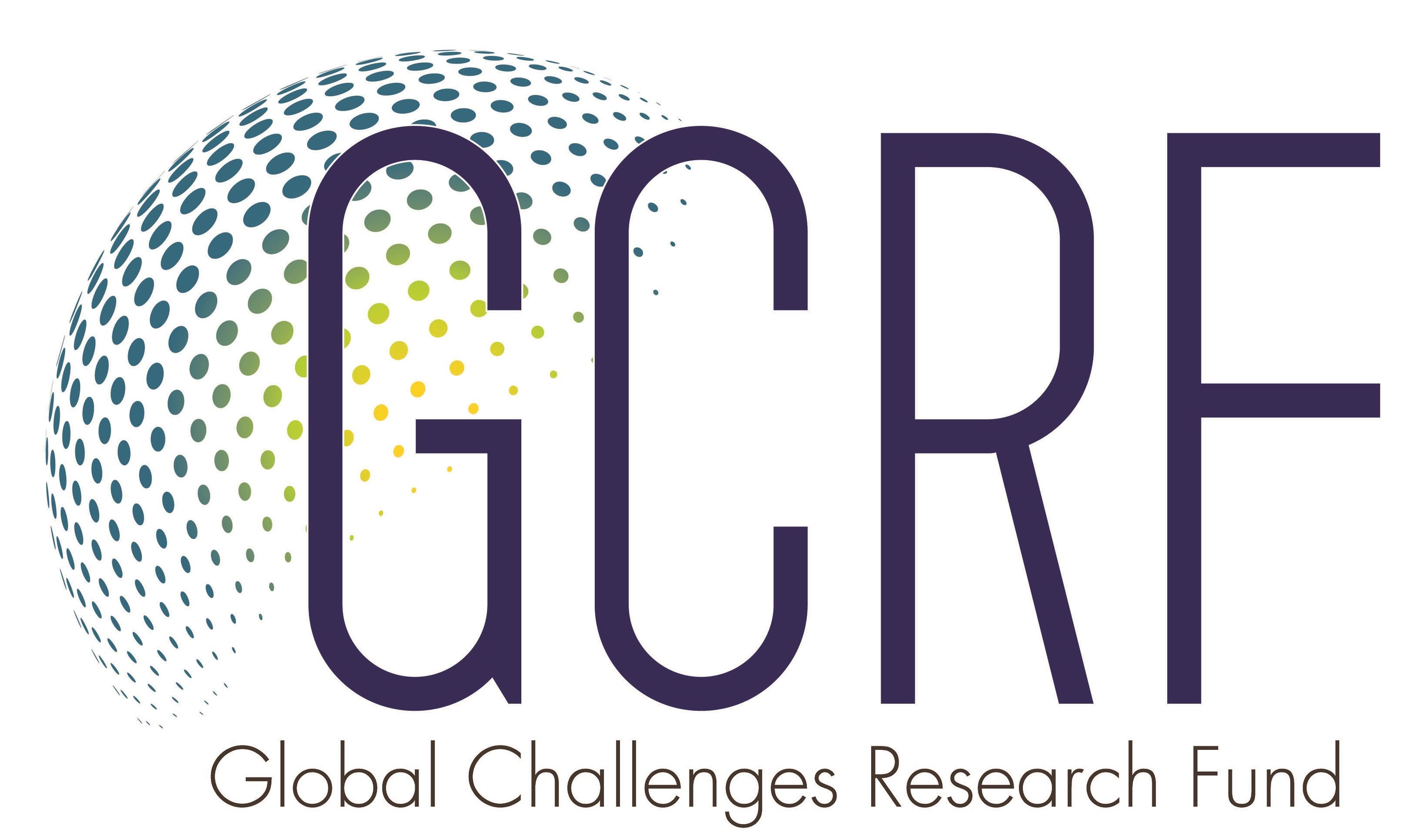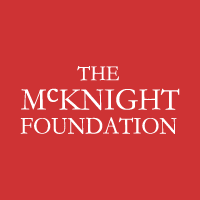 Many plants - including many crops - require pollen to be transferred from one flower to another to produce seed.
Many plants - including many crops - require pollen to be transferred from one flower to another to produce seed.
The pollen can be transferred in some species by wind or water, but many plants rely on animals, including:
- Bees
- Wasps
- Flies
- Butterflies
- Moths
- Beetles
- Hummingbirds
- Bats
- Rodents
Worldwide, the single most important group of pollinators are bees. There are around 20,000 different bee species in the world; while the honeybee Apis mellifera is most widely known and recognised, there is abundant evidence that wild bees are far more important for many plants' productivity1, and supporting a diversity of bee species in a habitat provides better pollination than simply having many individuals of a single bee species2.
Most bee species feed primarily on nectar as adults, but they collect pollen (which is protein-rich) to feed to their larval offspring. This means both must be present within the bee's foraging range, and at appropriate times.
Some bees (and other pollinators) are highly specialised. For example, Andrena hattorfiana from the UK forages almost exclusively on scabious (Knautia sp.)
Other pollinators are much more generalised in their foraging habits, and can use multiple species of plant as food sources. An example is these marmalade hoverflies, Episyrphus balteaus, or the honeybee Apis mellifera.
 When managing a habitat for pollinators, it is necessary to consider the animal's entire life cycle, not just the period when a crop of interest is in flower. Key points to consider (and indeed, key targets for research in less well-studied regions) include:
When managing a habitat for pollinators, it is necessary to consider the animal's entire life cycle, not just the period when a crop of interest is in flower. Key points to consider (and indeed, key targets for research in less well-studied regions) include:
- Is a species a specialist (visiting one or a few species of plant) or a generalist (visiting many different species)?
- What is the phenology of the bee species? i.e. what is its annual activity pattern?
- How does this compare to the flowering period of the crop of interst
- What do its larvae eat?
- Do the adults eat anything apart from pollen and/or nectar?
- Where does this animal nest? What are the habitat requirements for nesting and breeding behaviours?
1Garibaldi, L. A., Steffan-Dewenter, I., Winfree, R., Aizen, M. A., Bommarco, R., Cunningham, S. A., Kremen, C., Carvalheiro, L.G., Harder, L.D., Afik, O. & Bartomeus, I. (2013). Wild pollinators enhance fruit set of crops regardless of honey bee abundance. Science, 339(6127), 1608-1611.
2Mallinger, R. E., & Gratton, C. (2015). Species richness of wild bees, but not the use of managed honeybees, increases fruit set of a pollinator-dependent crop. Journal of Applied Ecology, 52(2), 323-330.



